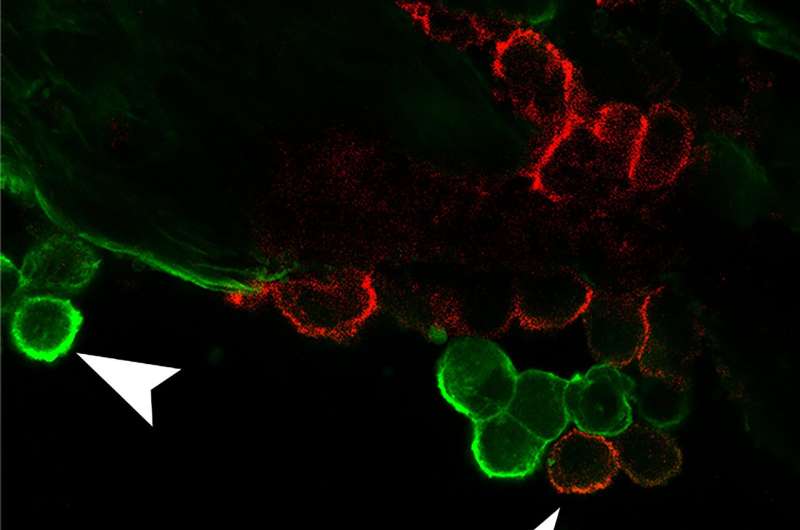The eye is not immune to immunity

A person needs immune-suppressive drugs for organ transplants but not typically for transplants in the eye. How come? Like a few other parts of the body, some components of the eye, like the lens, don't have direct access to vessels that deliver immune cells. They were assumed to be places that immune cells couldn't go. They were immune privileged. But new research suggests that assumption is false - a finding that has implications for both wound healing in the eye and for changes in vision like cataracts. The results were recently published in the Nature journal Scientific Reports.
The finding came as something of a surprise to senior author Sue Menko, PhD, Professor in the Department of Pathology, Anatomy and Cell Biology at Thomas Jefferson University, in part because she hadn't set out to challenge the scientific dogma in the field.
Dr. Menko, together with first author Caitlin Logan, MD, PhD, and second author Caitlin Bowen, was looking at a mouse that had been engineered to stop producing a key developmental protein called N-cadherin just as the lens was beginning to form. Not only did they show that N-cadherin was necessary for creating the perfectly clear structure of the lens, they also observed that malformed lenses lacking N-cadherin began to attract immune cells to try to fix the damage.
The immune cells appear to travel to the lens via a web of ligaments that suspends the lens and connects it to the surrounding muscle tissue called the ciliary body, rich with immune-cell-carrying blood vessels. The main function of the ciliary body is to control the shape of the lens and help us focus.
"Understanding that the lens is accessible to both immune protection and overreaction, could change the way we think about a number vision disorders," says Dr. Menko. "The immune system plays such a major role in many disease states. It's time we began to learn about its role in fibrotic scarring of the lens in cataract formation and other diseases."
More information: Caitlin M. Logan et al, Induction of Immune Surveillance of the Dysmorphogenic Lens, Scientific Reports (2017). DOI: 10.1038/s41598-017-16456-5

















